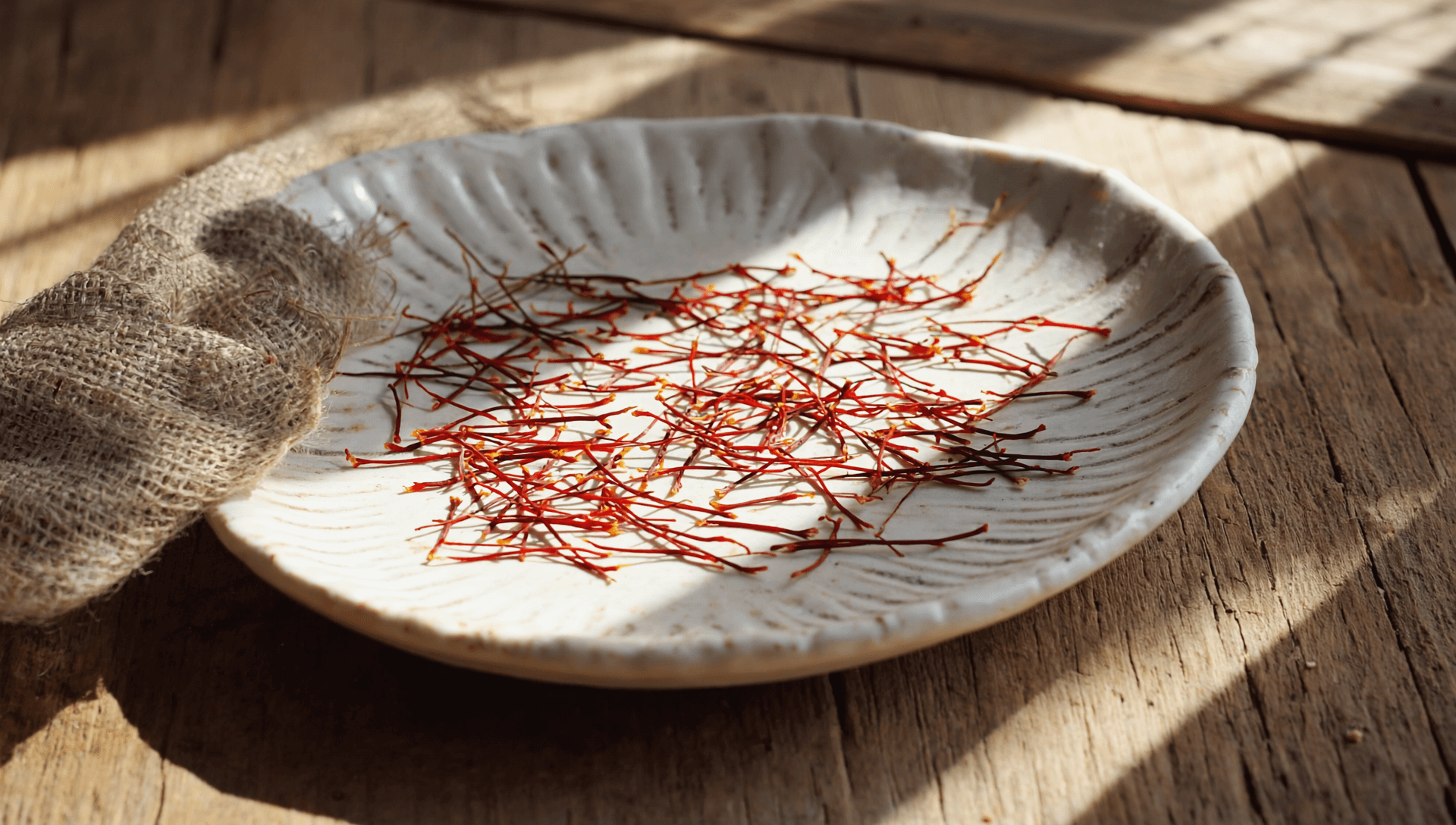If you have been wondering how dry saffron and keep it at its best, then you are at the right place. Saffron drying methods are important aspects of keeping the spice in its colorful look, peculiar smell, and rich flavors. Saffron is dried in various ways, which range from traditional practices to other modern practices involving machinery for drying. The best way to preserve saffron will involve regulating temperatures and humidity during the drying process at your home or on a large scale. In this blog, we look at the best practices for drying that will enable you to enjoy quality saffron for longer and unlock its full potential in your dishes.
What Is the Best Method to Dry Saffron?
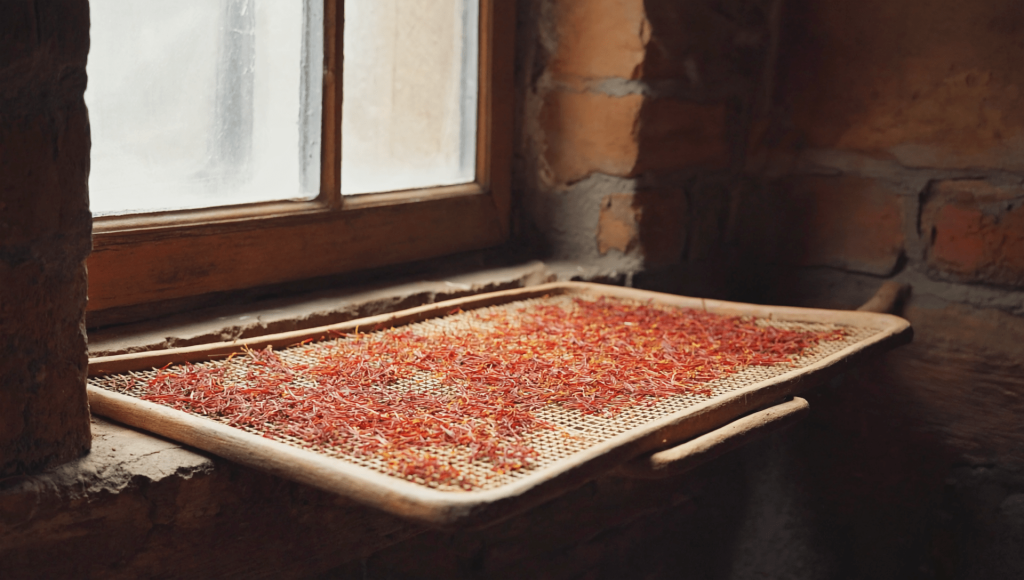
Saffron drying has been paramount, enabling this spice to project its distinctive flavor, color, and aroma. Broadly speaking, it’s either traditional or modern methods when talking about how to dry saffron.
More traditional ways of drying saffron include setting it on trays, drying on the stovetop, or even under the sun. These methods are pretty effective and work great for those who like to keep things as natural as possible. The modern way of doing this is through advanced machinery controlling temperature and humidity with much more finesse than most other methods can manage. Machines simply can’t compete in terms of preservation. It provides the ideal climate for drying the threads and maintains the powerful compounds like crocin, picrocrocin, and safranal, which chemical goodies give saffron its coloring, taste, and smell.
In the end, it comes down to your setup and what you want. If you have to cultivate larger crops for personal use or commercial purposes, purchasing a saffron dryer will be a more proper way in terms of quality and consistency. However, if you are into going with more manual, time-consuming traditional ways of processing, you can still get quality output by using less complex ways. The key is all about preserving the sublime quality of saffron, to retain the magic that it contains inside—by being gentle with it.
How Is Saffron Normally Dried?
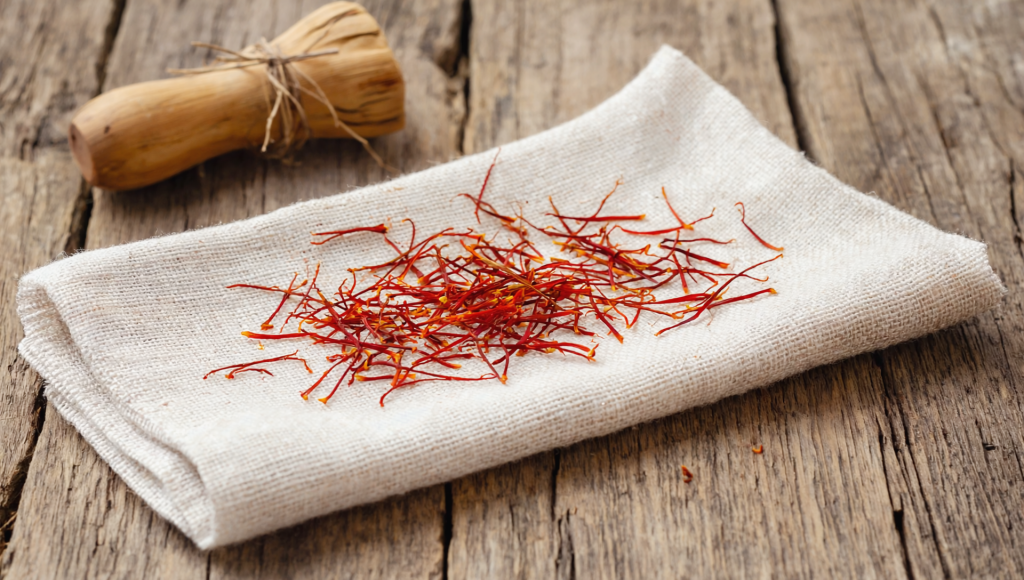
The proper drying of saffron is the only way of preserving its exceptional flavor, color, and smell. Since saffron is highly sensitive to heat, light, and moisture, the selection of an appropriate method becomes quite important. Herein, some of the common methods related to the drying of saffron have been described with the aim to identify the best method of preserving saffron without the loss of its quality.
Old School-Style Traditional Drying:
As simple as it gets, split the threads from the flowers, but do not wash them. Place the threads on a clean cloth, cover them with some paper towels, and let them be in some cool, dry place for 4 to 7 days. It requires patience as any application of heat may make the strands moldy.
Heater Drying-Easy and Quick
If you are very busy, here is your savior. Place threads on a piece of A4 paper and place it near a heater at the lowest temperature. Your saffron will be ready to use after one day-easy peasy!
Smoothening with Iron-for Professional Appearance
Professional look? Go for this. Take a cotton handkerchief, place the threads in between two metal plates or the same handkerchief and press it gently with a hot iron. In this technique, the saffron becomes smooth and flat and gives a polished appearance.
Oven Drying-Bakers’ Delight
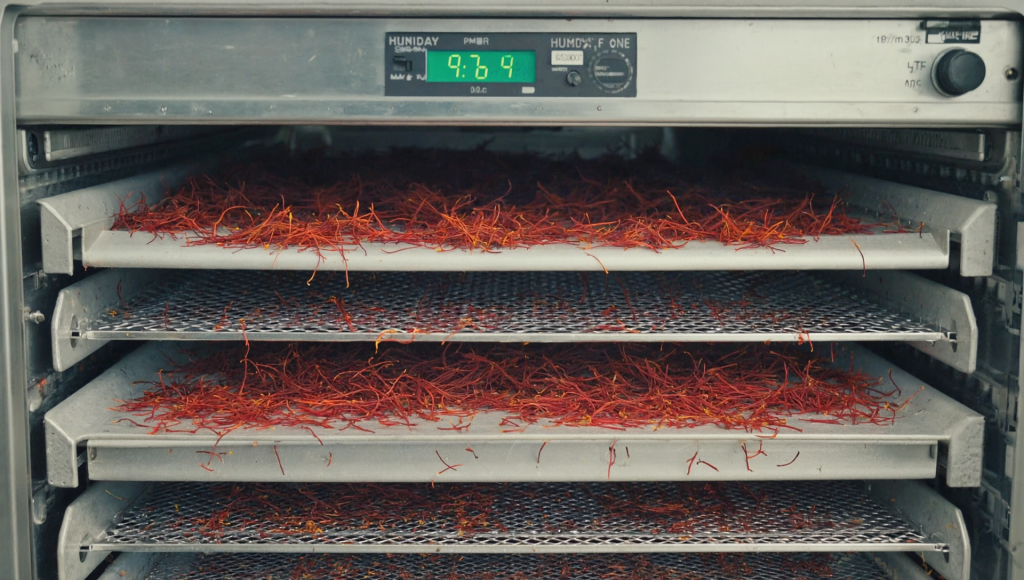
If you have an oven, that is how you do it. Place the saffron threads on a baking sheet and set your oven to low heat, about 100°F. Let the threads dry for 15–20 minutes, checking not to overheat them.
Microwave Drying (In a Jiffy)
If you are in a real hurry, get out your microwave. Dry the saffron in short lengths of time so you don’t overheat it. Quick, efficient, non-energy-intensive, and will not damage the threads.
Electric Dryer Method (For the Enthusiasts)
If you are into drying fruits or vegetables using an electric dryer, then you can certainly do it for saffron too. Just remember to set the dryer at a low heat and to avoid burning. It’s pretty quick and preserves quality.
Spanish Method-for Clean and Efficient Drying
Put the saffron on a fine-mesh sieve close to a heat source, like the stove or heater. Switch on a fan or a low-speed air conditioner to help the air circulate, keeping the mold off. A good method for both small and big batches.
Freeze-Drying-for the High-Tech Result
Freeze drying is excellent if you have the right equipment. Freeze the saffron at a temperature of -18 to -22°C for about 20 hours, then reduce the pressure for drying. This method preserves color and freshness beautifully but is not something you can easily do at home.
Solar Drying Industrial Scale Solution
The solar dryers are ideal for those who process saffron en masse. It’s these systems that utilize the energy of the sun, efficiently layered for drying the threads while saving energy. This is quite impossible to achieve practically at home and would, therefore, be more ideal for large-scale farming and business ventures.
Whatever method you have at your discretion for drying the saffron, the watchword would always be to avoid excess heat or moisture. That’s how to dry saffron properly if you are gunning for the best flavor and color. That’s how to dry like a pro!
How to Dry Saffron: Best Preservation Tips
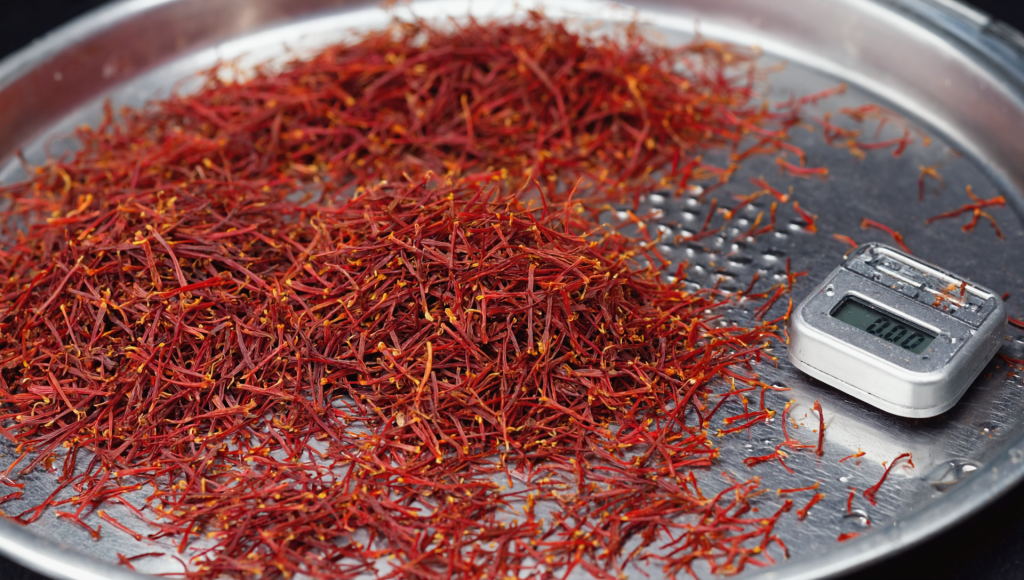
Drying saffron will allow this spice to hold onto its rich flavors and fragrances. Knowing the fundamentals, including those of temperature, whether you do it at home or in an industrial manner, is pretty important. Now, let us get into saffron drying and how to keep that precious spice in top shape.
Temperature: The Reason It’s So Important to Saffron Drying
When it comes to how dry saffron gets, temperature is king. If it gets too hot, the flavor of the saffron could be destroyed. The ideal temperature of the air is about 30-40°C if you are doing it at home; although if you are doing industrial work, you may hear others tell you to go slightly higher at 70-80°C. This makes the spice dry completely and smell evenly. In tropical countries, the temperature is controlled well with the use of a good drying machine.
Humidity: How It Affects Saffron Quality
Other factors one should consider are humidity. The best way to preserve saffron is to maintain the relative humidity between 5% and 10%. Excess moisture of the air will cause the mold, while extreme aridity of the air will deprive the spice of part of its bright flavor and aroma. For those who dry on a larger scale, the process is employing high-quality dryers with temperature- and humidity-sensing controls—game-changers in bringing out the very best from your saffron.
Drying Saffron at Home: The Best Method
The best method for drying your saffron at home is to spread the saffron out on a tray in a thin layer. It allows even heat distribution, which helps the saffron to be dry. The time it takes usually ranges between 24 to 48 hours, with large variations depending on the weather and humidity conditions. It should just become a habit for one to get up and turn the threads over so that they will be entirely dry all over. This is actually how one manages to preserve saffron when doing it at home.
How to Store Dried Saffron to Maintain Freshness for a Longer Period
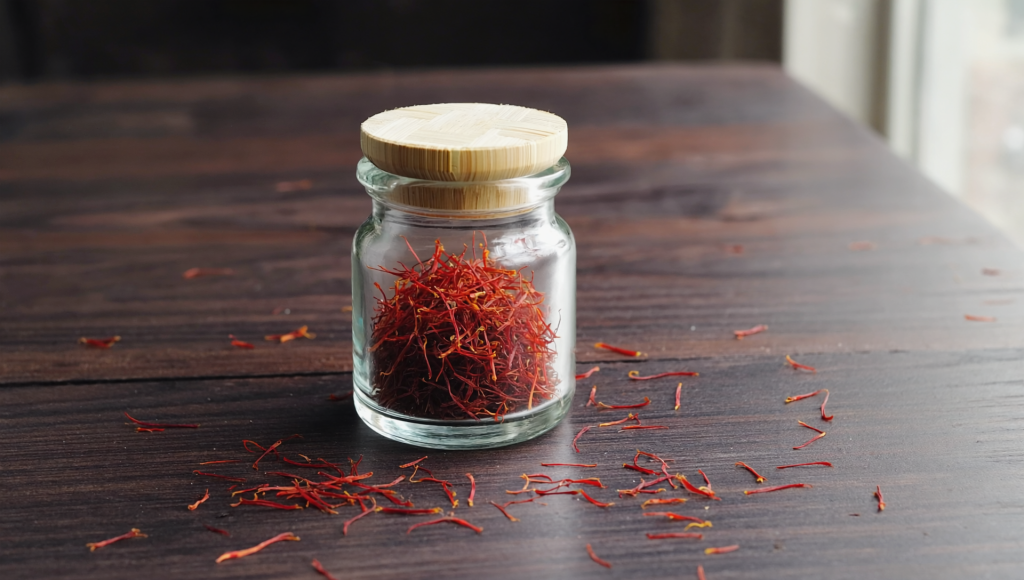
Storage after your saffron is completely dry plays a great role. Store in glass or plastic containers that are airtight and keep them in a cool, dry area away from sunlight and moisture. This will definitely help lock in the flavor and extend the good quality of your saffron. Whether you have air-dried your own saffron or bought it ready to go, proper storage is one of the most important steps in keeping its quality.
Applying these different ways of drying, along with being keen on the best preservation methods, will be a guarantee that your saffron will retain its flavor and have a great aroma for longer, better cook preparation. Be keen on the temperature and humidity and mind proper storage to be assured of the best quality saffron any time.
Final Word
The special flavor, color, and aroma of saffron could be preserved by controlling the temperature to dry it. In traditional tray drying to modern machines, use temperatures within 30°C to 40°C and low humidity of about 5-10%, preventing mold and losing flavor. Allow the dried saffron to be kept in airtight containers and kept in a cool and dry place to maintain freshness. This process will surely keep your saffron fresh, fragrant, and delight your various dishes.

